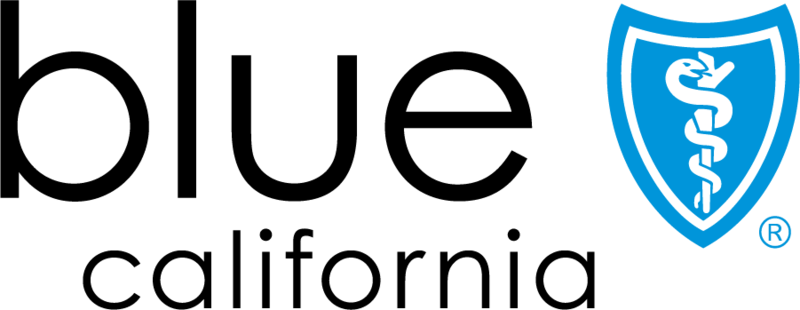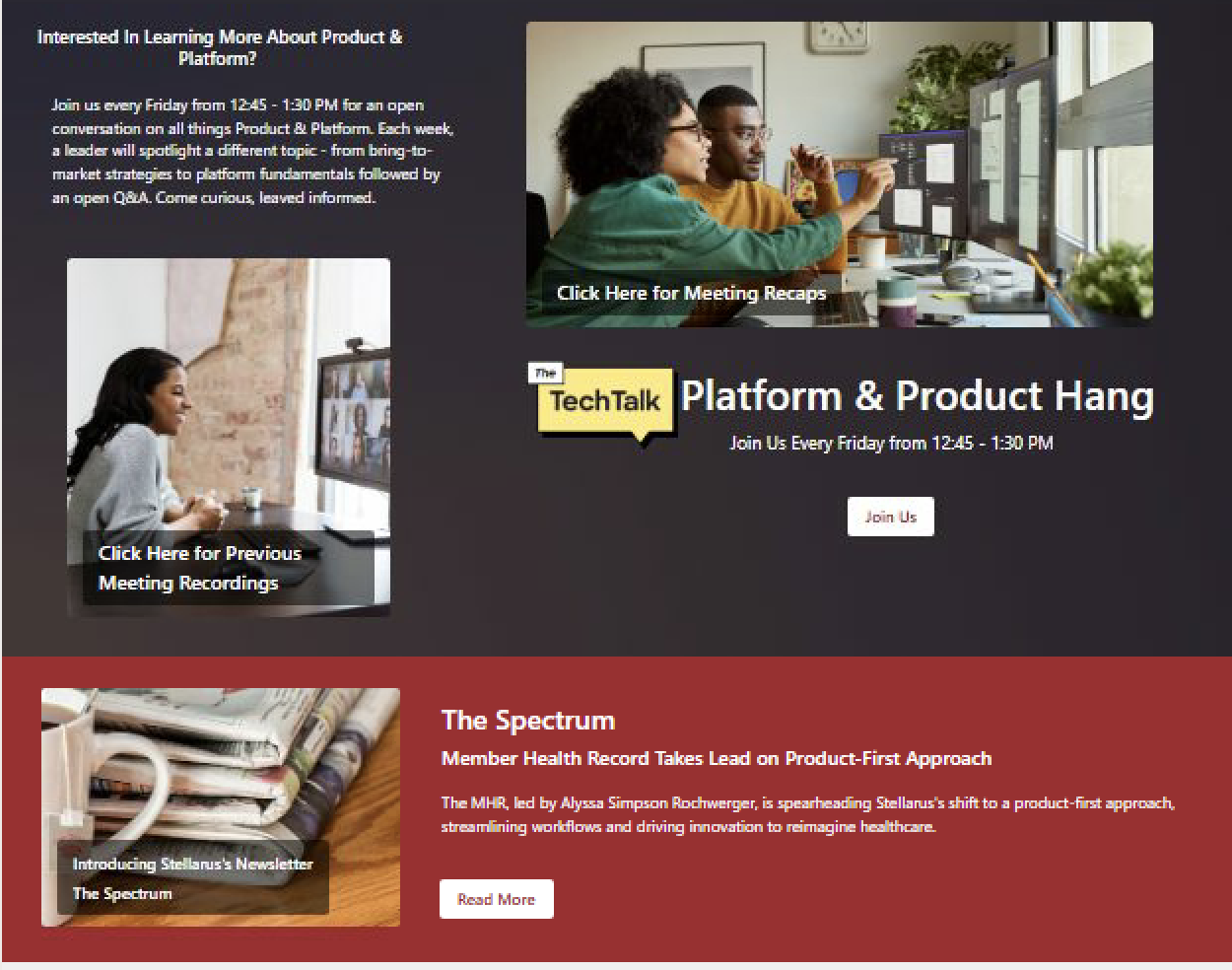
Project Title:
Blue Shield of California / Stellarus
Executive Communications, AI-Enabled Transformation and Change Strategy
The Context
Blue Shield of California launched Stellarus as a standalone health technology company, evolving its internal IT division into a market-facing platform and product organization. The initiative introduced a product-based operating model, new leadership structure, and modernized digital systems designed to support scalable care innovation. Nearly 1,000 employees were brought into this transformation, supported by a new CIO, unified C-suite vision, and expanded strategic priorities. The momentum created an opportunity to build clear, executive-aligned communication systems that connected people to purpose, accelerated internal cohesion, and activated trust across the division.
The Challenge
Stellarus was established to bring Blue Shield of California’s internal IT capabilities to market as a standalone health technology vendor. The goal was to frame internal solutions as scalable products, organize them into a unified platform, and position the company for future growth across Blue Shield entities and beyond. Nearly 1,000 employees were engaged in the transition, moving from a legacy insurance environment into a fast-moving health tech startup.
Executive leadership required new messaging systems to communicate vision, set expectations, and reinforce trust. The shift required enterprise communications frameworks that could support operational clarity, AI product development, and team stability in a rapidly changing workforce landscape. Every aspect—from employee experience to external perception—needed to reflect Stellarus’s evolution into a product-driven, platform-enabled, innovation-ready organization.
The Impact
The communications infrastructure developed for Stellarus helped establish a cohesive internal identity, align leadership, and lay the foundation for scalable growth as a for-profit health tech vendor. By combining AI adoption narratives with product-driven messaging frameworks, the strategy enabled faster transitions, more confident decision-making, and operational clarity across a 1,000-person workforce.
The SharePoint communications hub evolved into a core knowledge platform, integrating cross-functional messaging, product updates, and team feedback channels. Within its first quarter, it achieved a 70% adoption rate, creating structured visibility across product, IT, legal, HR, and executive leadership.
The DHR newsletter series established a cadence of strategic updates from the CTO. These newsletters featured AI product advancements (e.g., Genesys transcription, Bluestack platform tooling) and reached hundreds of employees monthly, with an average open rate of 63%, exceeding industry benchmarks and deepening workforce confidence during a time of significant transformation.
The Contributor operating model became a unifying narrative across Stellarus’s transition—supported by clear communication sequences, internal branding, and town hall scripting that translated technical shifts into actionable language.
The TechTalk x Talent Workstream drove a 34% increase in attendance over six months and played a key role in elevating technical fluency across both technical and non-technical teams. Topics included APIs, modular architecture, and responsible AI—positioning communications as a learning channel, not just an information tool.
Together, these systems created a scalable foundation for product growth, platform storytelling, and executive alignment. The work bridged innovation with trust, giving Stellarus the infrastructure to grow from an internal startup to an enterprise-level health tech vendor with clarity and credibility.
The Approach
To support Stellarus’s evolution into a health technology vendor, I designed and led an enterprise communications strategy that positioned internal capabilities as market-ready products and aligned 1,000 employees around a new operational vision. The approach emphasized AI communications, platform transformation, and executive alignment across the organization.
Working with C-suite leaders, I established a unified executive communications framework that clarified priorities, strengthened leadership visibility, and enabled cascading messaging across product, IT, HR, and change management functions. This included the launch of the Contributor narrative, internal branding architecture, and tailored scripts for town halls, product demos, and cross-functional updates.
To increase transparency and operational efficiency, I built and branded a centralized SharePoint communications hub, integrating messaging pipelines, knowledge architecture, and two-way feedback loops. I also led the launch of a division-wide DHR newsletter, shaping a consistent cadence for leadership messaging, team recognition, and cultural storytelling.
As Stellarus introduced AI-enabled solutions, I translated technical roadmaps into accessible messaging that reinforced responsible AI adoption and human-centered care. This narrative was operationalized through the rollout of the Product Activation Model—supported by clear communication sequences that guided teams through the transition from service lines to product portfolios.
To support culture, talent retention, and technical fluency, I co-founded the Tech Talk x Talent Workstream—an internal knowledge-sharing series focused on cloud migration, APIs, platform infrastructure, and emerging technologies. Combined with internal storytelling initiatives like the Golden Ticket and the MHR platform feature, these efforts created a culture of growth, clarity, and credibility during periods of rapid change.







